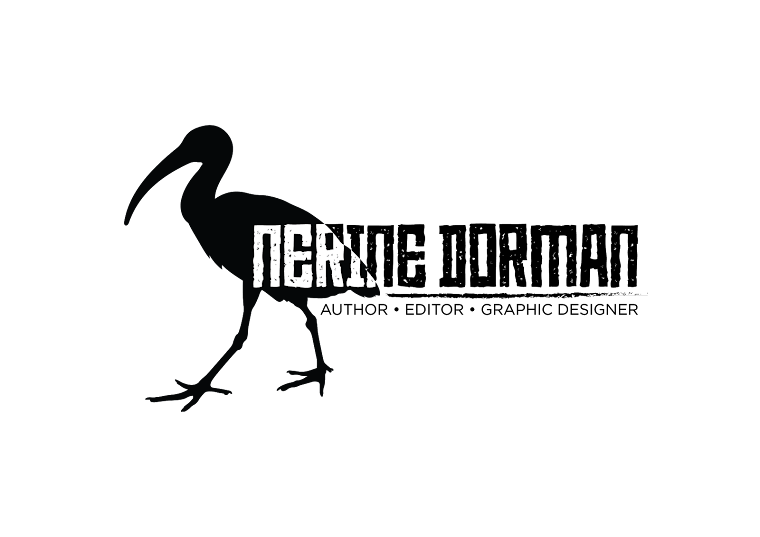 Everyone who knows me well, will know how passionate I am about southern Africa's fauna and flora, so when this little tome came up for review, I made the grabby hands for it immediately. I'm so glad I did! But a big disclaimer, if you already own a bunch of books of a more heftier and comprehensive nature, and consider yourself a fair boffin on the topic, this book is most likely not going to be for you. It's *very much* an introduction on the topic and it's literally pocket sized. As in the type is tiny, and there's not a lot of space to pack a helluva lot of information.
Everyone who knows me well, will know how passionate I am about southern Africa's fauna and flora, so when this little tome came up for review, I made the grabby hands for it immediately. I'm so glad I did! But a big disclaimer, if you already own a bunch of books of a more heftier and comprehensive nature, and consider yourself a fair boffin on the topic, this book is most likely not going to be for you. It's *very much* an introduction on the topic and it's literally pocket sized. As in the type is tiny, and there's not a lot of space to pack a helluva lot of information.That being said, it's a super dinky, cute little book – the kind of slim volume I'd gift to friends and family who are budding gardening enthusiasts with a burgeoning interest in indigenous gardening. Most of the the Gardener's Guide is taken up by a list of plants, divided into trees, shrubs, bedding plants and so on, with illustrative photos giving you an idea of flowers, overall shape/situation in garden, and bark/trunk. A quick-reference table lets you tell at a glance whether the plant attracts butterflies, birds, or what sort of cultivation requirements it has. You'll also be able to scan the basic cultivation tips to choose the right species (and how to care for them). Are you looking for a tree, container plant, or groundcover?
And while there is only so much that can be included, Glenice Ebedes has made a lovely selection of species, many of which bear fruit and flowers that are attractive to insects and birds (and by default other small wildlife). I was quite surprised, actually, to see a number of plants I've known for years in gardens in and around the Cape Peninsula, that I hadn't even known were indigenous.
I think what appeals to me most about the book is the fact that it gives an intro into rethinking gardens along the lines of working with nature and not against it. Southern Africa is blessed with different regions, most notably its succulent biome, as well as fynbos, Afromontane forests and bushveld, among others, and Ebedes suggests choosing a theme for your garden along one of these lines (keeping in mind in which region you live and whether you need to be waterwise – so important these days). By planting indigenous, you increase the biodiversity of your immediate environment, and create refuges for insects, birds and wildlife, during an era where the natural wilderness is under so much pressure thanks to urbanisation, agriculture, mining and pollution.
While this is by no means an exhaustive guide for gardeners, it is a great starting point that will, I hope, encourage folks to learn more about the fascinating and beautiful plants that thrive in our often harsh climate.

